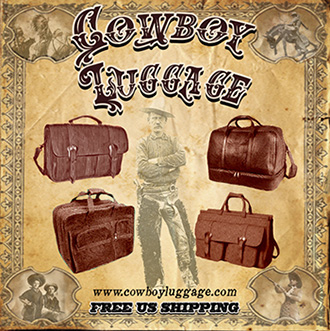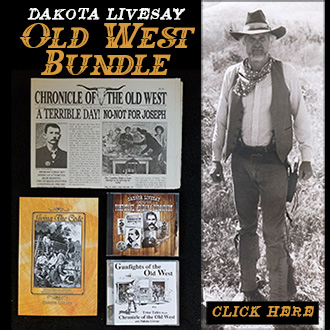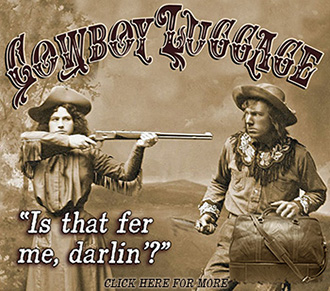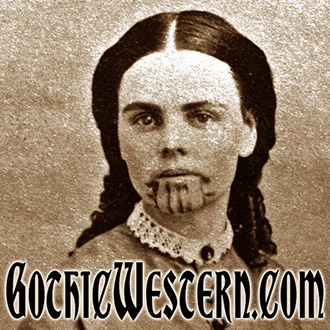Here’s another Old West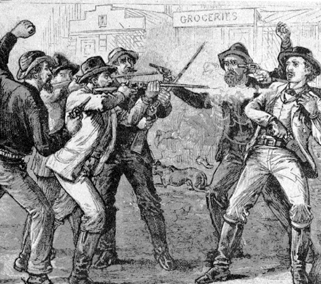 Myth and Fact. Tradition and the early Colt Pistol manuals says to load only five cartridges in a pistol and leave the empty cylinder under the hammer. The reason being if the hammer is accidently hit with a live cartridge under it, it could go off…Incidentally; modern pistols have a safety bar to prevent accidental firing.
Myth and Fact. Tradition and the early Colt Pistol manuals says to load only five cartridges in a pistol and leave the empty cylinder under the hammer. The reason being if the hammer is accidently hit with a live cartridge under it, it could go off…Incidentally; modern pistols have a safety bar to prevent accidental firing.
So, did they load only five cartridges? Not always. Wyatt Earp’s pistol fell to the floor in a saloon and it went off. Lawman Dallas Stoudenmire was being interviewed by a newspaper reporter. During the interview Dallas showed his shooting skills. The reporter said all six shots hit the target. A couple of years ago we published an article in Chronicle of the Old West from 1898 where two men went into the back room of a saloon, and while there a pistol was fired. The people in the saloon though it was a gun fight. Actually, one of the men dropped their pistol.
My feeling is if you were an average Joe you probably loaded five cartridges, but if there was a chance of gunplay you wanted as much firepower as possible. And that extra cartridge could mean the difference between life and death.





